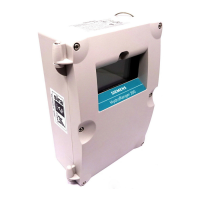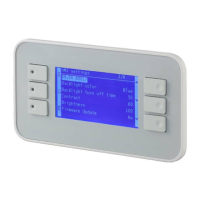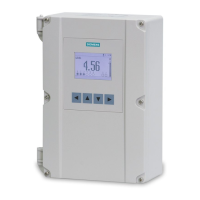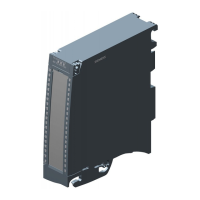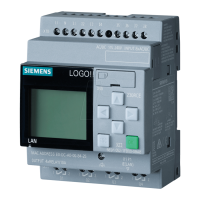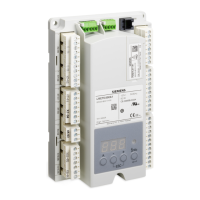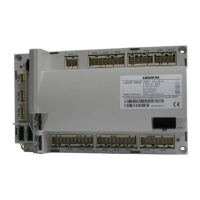Virtual Network configuration
A31003-W1040-U101-1-7619, July 2006 DRAFT
132 HiPath Wireless Controller, Access Points and Convergence Software V4.0, C10/C100/C1000 User Guide
hwc_vnsconfiguration.fm
Topology for a VNS
Using a DHCP relay forces the HiPath Wireless Controller to forward DHCP requests to an
external DHCP server on the enterprise network. This function bypasses the local DHCP
server for the HiPath Wireless Controller and allows the enterprise to manage IP address
allocation to a VNS from its existing infrastructure.
The range of IP addresses assigned to the wireless device users on this VNS should also be
designated on the external DHCP server.
To use an external DHCP server for the VNS:
1. From the main menu, click Virtual Network Configuration. The Virtual Network
Configuration screen appears.
2. In the left pane Virtual Networks list, click the VNS you want to use DHCP relay for. The
Topology tab is displayed.
3. From the DHCP Option drop-down list, select Use DHCP Relay.
4. In the Gateway box, type the IP address for the VNS.
5. In the Mask box, type the appropriate subnet mask for this IP address.
6. In the DHCP Server box, type the IP address of the DHCP server to which DHCP discover
and request messages will be forwarded for clients on this VNS. In the case of relay, the
HiPath Wireless Controller does not handle DHCP requests from users, but instead
forwards the requests to the indicated DHCP server.
7.1.2 Configuring topology for a VNS for AAA
The following sections describe how to configure the topology for a VNS for AAA.
To create an AAA topology:
1. From the main menu, click Virtual Network Configuration. The Virtual Network
Configuration screen appears.
2. In the left pane Virtual Networks list, click the VNS you want to create an AAA topology for.
The Topology tab is displayed.
3. From the Assignment by drop-down list, select AAA.
>
The DHCP Server must be configured to match the VNS settings. In particular
for Routed VNS', the DHCP server must identify the HiPath Wireless Controller's
interface IP as the default Gateway (router) for the subnet. (Users intending to
reach devices outside of the subnet will forward the packets to the default
gateway (controller) for delivery upstream.)

